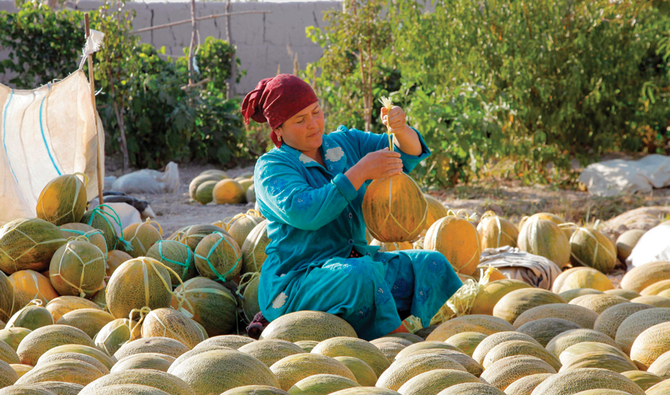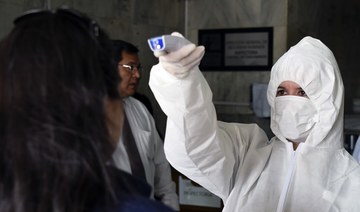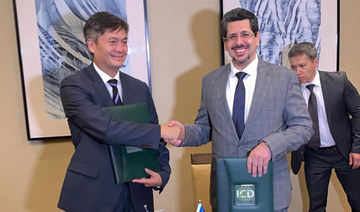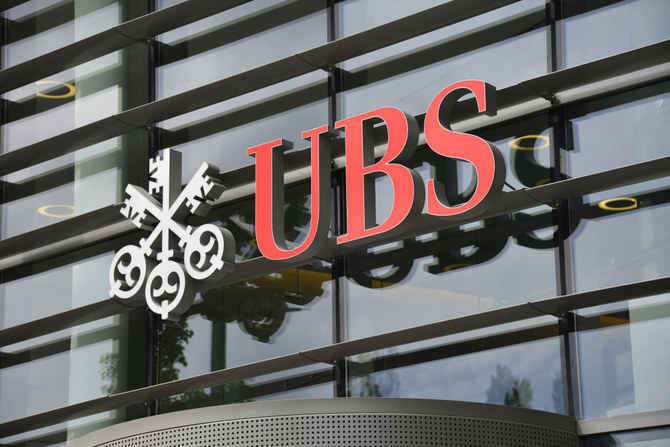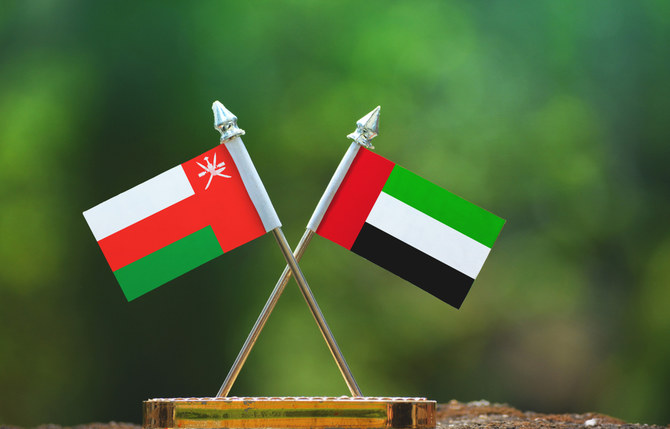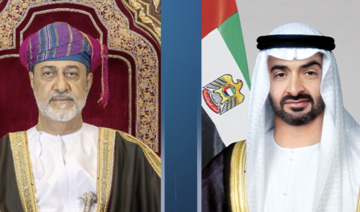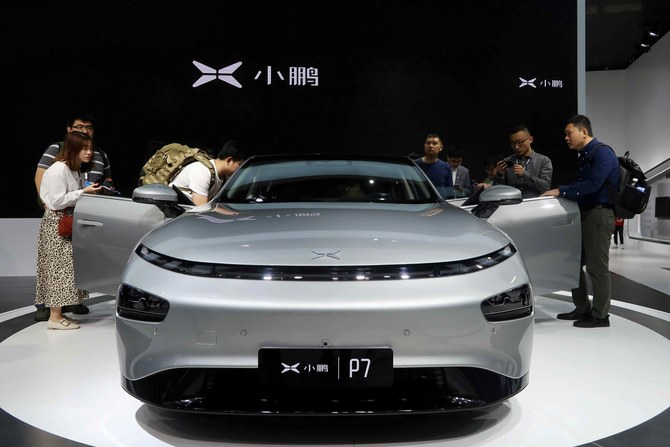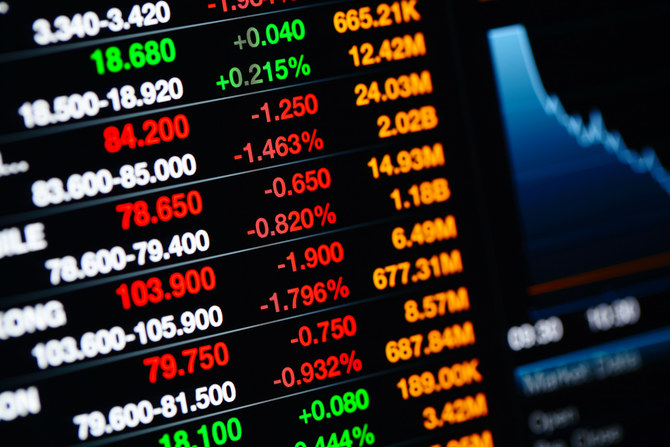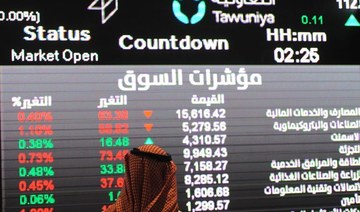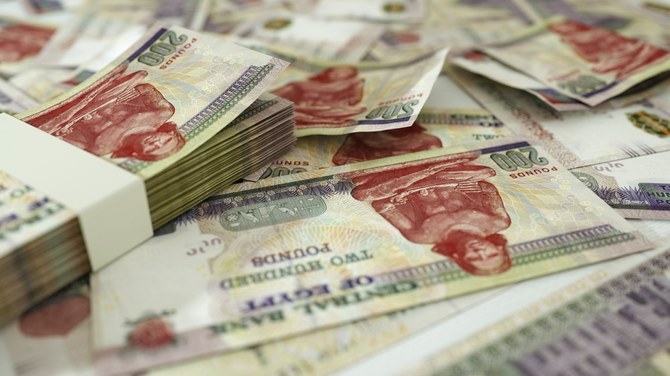VAZIR, Uzbekistan: In the giant shed of Uzbek farmer Sanat Kalandarov, a bountiful melon harvest hangs suspended from wooden beams, promising profits through a difficult winter ahead.
Kalandarov is practicing a type of storage that is centuries-old — the shed has been in his own family for three generations — and he is dismissive of younger farmers who are turning to refrigerators.
“Melons need fresh air to breathe,” 35-year-old Kalandarov said, indicating narrow slits for ventilation in the shed walls, which are thick enough to shield the fruits from the cold of winter and the early spring heat.
“When the days are frosty, we insulate the room. Plus, this method requires no electricity. It is very economical.”
These thick-skinned varieties of Uzbekistan’s favorite fruit — some shaped like torpedoes, others more spherical — are planted in May, two months after the melons that ripen in summer.
They are then stored and sold during the winter, when their value can grow 15-fold on the domestic market and even more abroad.
This year, the melon growing season has been especially good, and it is just as well.
The coronavirus pandemic hit Uzbekistan hard, just when it was on an economic upswing.
Remittances sent by migrants working abroad fell by half, according to a report by the United Nations Development Program published in July, straining hundreds of thousands of family budgets that depended on them.
Strict lockdowns triggered massive layoffs around the landlocked country of 33 million, with small businesses especially affected.
Kalandarov, by contrast, has been able to hire 12 people who would have otherwise been unemployed from his village of Vazir in the arid northwest of the country.
He is also planning to send his first batch of melons for export to neighboring Kazakhstan by the end of October.
“With COVID-19 and all the unemployment (it has caused), these winter melons are a lifeline,” he said, noting that he had 50 tons of the crop to sell in the off season.
According to the ministry of agriculture, an average of 700,000 tons of melons are grown annually in Uzbekistan on 35,000 hectares of land.
Shohruh Tolibov, an expert from the ministry, said that exports represent less than 10 percent of that total — some of the sweetest varieties do not travel well. But they will more than double this year and have grown five-fold over the last three years.
Such growth has been triggered by the agricultural reforms of President Shavkat Mirziyoyev, who broke up monopoly interests that dominated the export of fruit and vegetables and allowed smallholders the chance to determine their own clients.
Kazakhstan, Russia, Kyrgyzstan, Latvia and Ukraine are the top destinations for Uzbek melons, said Tolibov.
This month, the locally-based Jahon Exim Group claimed it had overseen the first exports of Uzbek melons to Britain.
“We hope that Uzbek melons, known for their taste and health benefits, will be appreciated by local consumers,” said the company’s director Jahongir Giyasov in comments to local media.
Uzbekistan grows more than 50 types of melons.
Khorezm, a region in the lower reaches of the Amu Darya river that benefits from temperate winters, grows at least 12 and they all share a common characteristic — deliciousness.
While other crops fail in this area, “melons grow sweeter on saline land,” said Kalandarov, whose employees feasted hungrily on some of his produce, slicing up the green-skinned bounty like sticky birthday cakes at the end of a long, warm, autumn day.
Kalandarov grew up on the melon fields, and has been growing his own fruit since he was a teenager.
But he is no longer satisfied with this work alone. Instead, his dream is the same as the avowed policy of the national government — to move from selling raw produce to products with value added.
“I have a business plan. I want to create new products — melon jam, melon conserve, dried melon. There is a big demand for these products on foreign markets,” he said.



